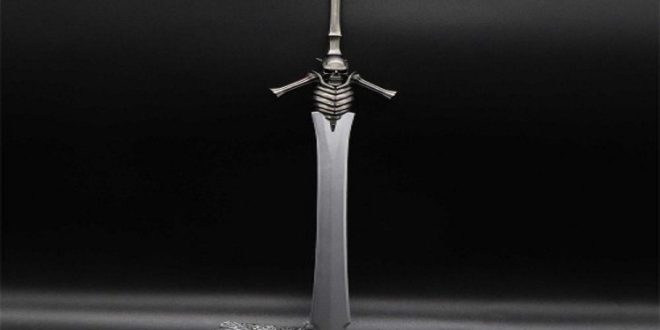Introduction
The Japanese Katana, a symbol of the samurai, is more than a weapon—it’s a work of art, a testament to the craftsmanship, discipline, and spiritual connection of its maker. Renowned for its sharpness and beauty, the Katana is a tangible link to Japan’s feudal past, revealing the artistic sensibilities inherent in Samurai culture. This article offers an in-depth artistic exploration of the Katana, unravelling the intricate details that make this blade a timeless masterpiece.
Historical Background of the Katana
The Katana has its roots in the Heian period (794-1185), evolving from the tachi, a sword typically used by cavalry. However, it was during the Kamakura period (1185-1333) that the Katana truly took its iconic form, influenced by the changing dynamics of warfare and the need for a quicker-drawing sword. Over the centuries, the design and craftsmanship of the Katana were refined, reflecting the tumultuous eras of peace, war, and cultural shifts in Japan.
The Artisan and His Craft
Akin to an artist, the Japanese swordsmith possessed profound knowledge, skill, and spiritual alignment. The journey to becoming a swordsmith involved years of rigorous apprenticeship under a master. This wasn’t merely a process of skill acquisition but an immersion in a lifestyle, steeped in Shinto practices, intense discipline, and a deep understanding of nature’s elements. The crafting of a Japanese samurai sword (katana) was a ceremonial process, replete with purifying rituals, prayers, and periods of fasting. Each sword was not just forged but born, carrying a piece of the swordsmith’s spirit, thus creating a blade with its unique ‘soul.’
The Artistic Anatomy of the Katana
A Katana is composed of several parts, each contributing to its function and artistic appeal. The blade, with its signature curvature, is a study in balance and precision. The tsuba (handguard) is often intricately designed, showcasing scenes from mythology, nature, or samurai lore. The tsuka (hilt) is traditionally wrapped in rayskin and silk cord, providing a firm grip while adding to the aesthetic value. Even the saya (scabbard) is an artwork in itself, often lacquered and decorated with patterns and motifs.
Symbolism and Aesthetics in Katana Design
Each Katana carries a visual narrative, revealed through its various elements. The hamon, or temper line, showcases the swordsmith’s technique and artistry, with patterns ranging from straight lines to intricate waves. The hada, or grain pattern, is another aesthetic feature, resulting from the repeated folding of the blade during forging. These features are not merely decorative. They symbolize the duality of existence, the balance between strength (the hardened edge) and flexibility (the softer core), reflecting the samurai’s life philosophy. The motifs on the tsuba and saya often hold symbolic meanings, telling stories of bravery, spirituality, or natural beauty.
Examining the Katana from an artistic perspective enhances our appreciation of this iconic weapon. Each sword is a harmonious blend of functionality, symbolism, and aesthetics, reflecting the ethos of its era and the skill of its creator. As we delve into the artistic journey of a Katana’s creation, we gain a deeper understanding of the Samurai’s world—a world where the sword was not just a weapon, but a soul companion, a work of art, and a timeless symbol of a warrior’s honor.
 Isaiminia World Breaking News & Top Stories
Isaiminia World Breaking News & Top Stories




